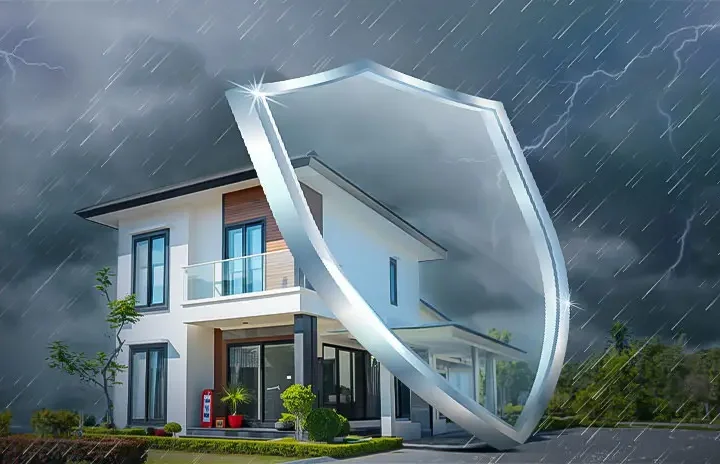Home design is an art, and there are many different elements to consider in an interior space. If you want a home to look beautiful, you should take advantage of these elements. Home design principles involve the proper balance of light, color, and texture. You can improve the functionality of your home by using the right elements, which will make the space look more beautiful and functional. In addition, home design elements can help hide space flaws. Here are 10 design elements to consider in your home.
These elements can be used throughout your home, and they can give a space a uniform aesthetic. They can also provide a basis for variations on the theme, which will give you a more cohesive look. You don’t have to replicate the exact same element in every room, but you should keep the same general style and color scheme throughout. The best way to accomplish this is to use a color scheme that is complementary to the rest of the house.
The right home design elements can also support the development of children’s language. They can encourage conversations, listening, and speaking. They can also provide an environment that facilitates interactions throughout the day. While there are no specific home design elements that encourage language development, a child’s environment should support the development of language skills. When designing a home for children, remember to consider the needs of the caregiver as well as their own. This includes the ability to supervise children while doing other activities. A child’s environment should also provide enough privacy for the caregiver to recharge.
Lighting is another key element for your home. Most people use standard light bulbs throughout their homes. However, if you want to spice things up and make your home look interesting, try using some unconventional lighting. For example, switching to a different light bulb, or experimenting with a fabric light shade can make your space more interesting. The right color palette can also add to the feel of a space. This is an excellent way to make your home feel warmer and cozier.
Modern homes follow a minimalist style and often have an open floor plan. This style uses clean lines and contrasting colors. Furniture is functional and has clean lines, and natural materials such as wood are used extensively in modern homes. Natural lights play a critical role in a modern home. Accent lighting is also commonly used to highlight specific elements. Modern homes are free of clutter, and everything has a functional purpose. The interior of a modern home is a reflection of the owner’s personality.
A tray ceiling is another popular design element that creates a cozy, closed space in a room. A tray ceiling is typically raised in the center and mimics the shape of a room. Many builders will also place soffit lighting behind this architectural feature, creating hidden lighting. Hidden lighting is also commonly used for phone and art niches. A telephone niche was another common design element in 1940s homes. This design concept is not only functional, but it also provides a unique look to the room.












More Stories
Black and White Living Room
The Role of Transformers in Power Distribution and Grid Stability
The Role of Technology in Contemporary Home Design